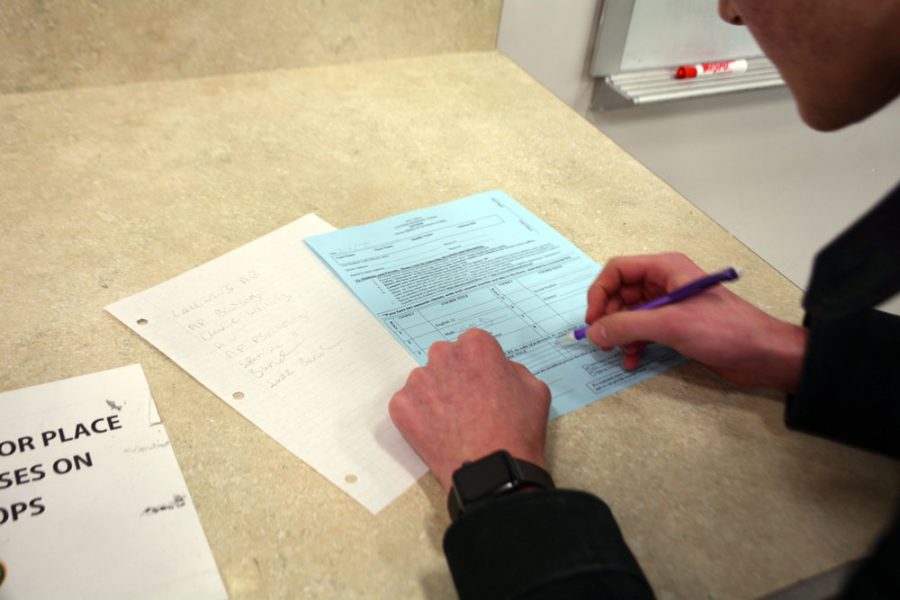[dropcap style=”light” size=”4″]E[/dropcap]lementary school teachers idly ask their kids the question, ‘What do you want to be when you grow up?.’ The question gets a little more serious in middle school, but when students enter high school, students are expected to have found a passion or interest for a career.
Teenagers make the decision of choosing a career and they are not even considered adults yet. Most don’t even feel prepared for college. The College and Career Readiness survey found that out of 165,000 high school students, 45 percent felt ready for college and were positive on their career choice. Insteading of asking if a student has made a decision for their future, the school should do more to help students make their decision.
Before high school, kids learn basic skills and are just going through the curriculum, but it gives students more freedom to try out new subjects and interests. Teenagers usually don’t know what they want to do for a career, thus granting kids the opportunity to experiment with different classes allows them to figure out what interests them.
Some teachers can be confused and wonder why some students don’t know what career they want to pursue. The teachers explain that students should be able to figure it out because of the multitude of classes and opportunities RBHS and the Columbia Area Career Center (CACC) offer. However, in order to graduate, students need to pass required classes, which leaves little room on their schedules to try new classes.
In order to graduate, students have to obtain 24 credits. For state requirements,
Although it seems as if there are plenty of electives credits that can encourage students to try out new subjects, there still isn’t enough room on the schedule to pursue what a high schooler wants on top of fulfilling the requirements that Columbia Public Schools (CPS) has on the schedule.
For instance if a student keeps their Alternating Unassigned Time (AUT), then they have seven class periods. Out of those seven, one will be a math class, one science and one English and social studies. Then there is also world language classes, while state graduation requirements do not need students to take a world language class, it is strongly recommended by Missouri Public Four Year Colleges, to take two years of a world language. Therefore students are only left with two empty class slots.
While students could choose their two classes wisely throughout four years, it is still not enough. Student also have to participate in required physical education, health and personal finance classes, while also getting their fine art and practical art credit.
There is a way for students to make room to figure out what they want to do. Students can take early bird classes, which are classes that take place before schools starts, online classes and summer school. However, students can only take two summer classes each summer, and early bird and online classes are only for some courses. RBHS does block scheduling, which is alternating four classes each day. To make more room for classes on the schedule, schools could go back to period scheduling, which is seven classes a day. But schools should not go back because of the benefits block scheduling provides. According to the Center for Public Education, daily attendance, the amount of students making the honor roll and going to four year colleges went up.
Students should not have to struggle to try new and different classes that can help them make the decision of what career they want. Schools need to alter requirements, such as making health, physical education, or fine and practical arts not required. Some students don’t need to take certain classes because they already have learned the information and have the skills. If schools changed the requirements needed to graduate so that students can have more room on their schedule to find their passion.
Categories:
Scheduling system requires update to help students
March 6, 2017
0
Tags:
More to Discover













































































